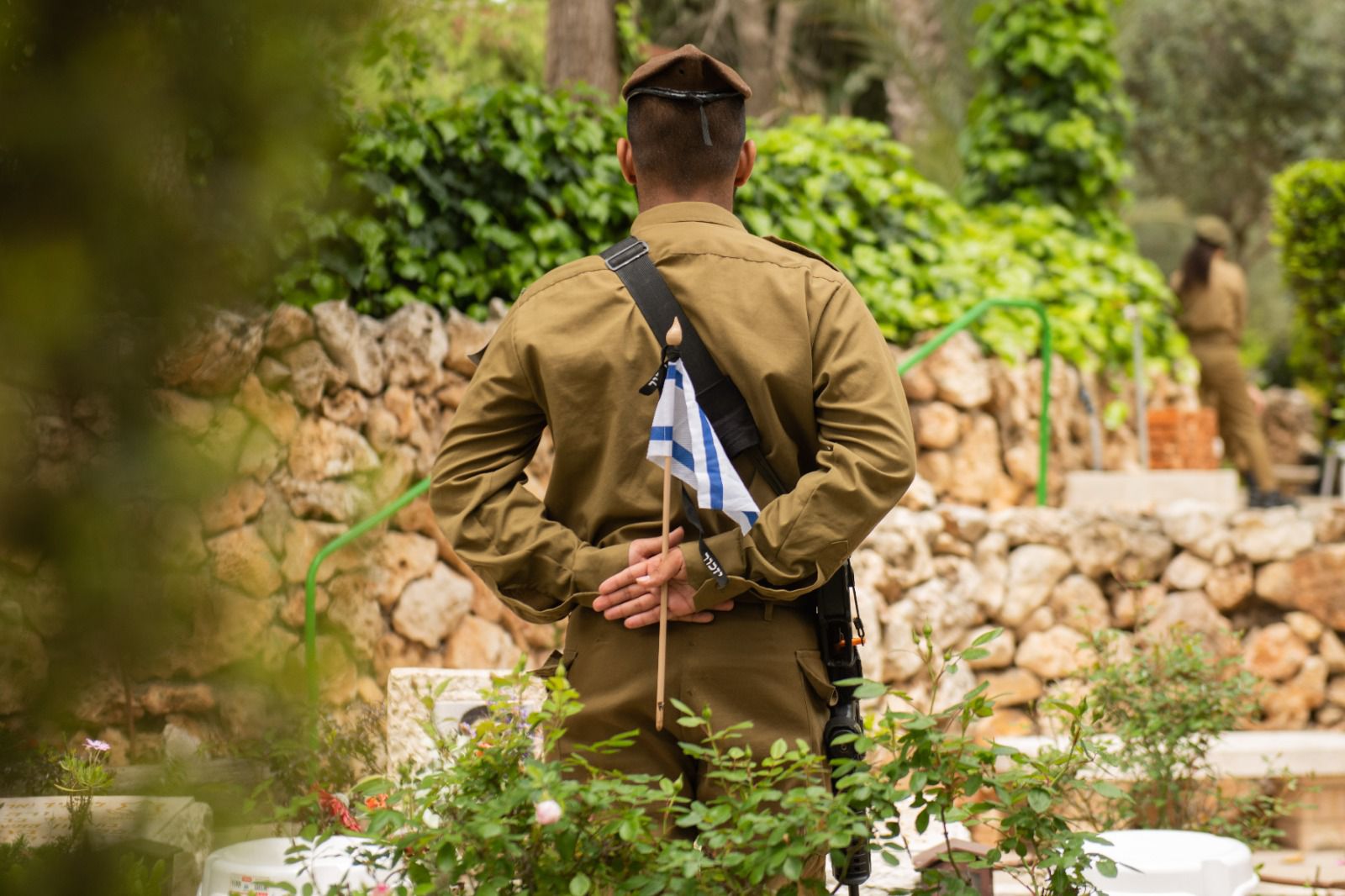
The Mishna in Bava Metzia 38a records a dispute about what to do if someone deposited produce with you and the produce has started to degrade (e.g., due to spoilage or vermin). The Tanna Kamma says that, even so, you shouldn’t touch it. Rabban Shimon ben Gamliel II says you should sell it before the court.
In Yerushalmi Bava Metzia 3:4, both Rabbi Abba bar Yaakov and Rabbi Abahu cite (second- generation) Rabbi Yochanan that we rule like Rabban Shimon ben Gamliel. As an illustration, Rabbi Yochanan of Chakok deposited a saddlebag of chametz with Rabbi Chiyya Rubba, who asked Rabbi Yehuda HaNasi what to do. He was told to sell it at the time it would have to be destroyed. Similarly, someone deposited kutach (which involves moldy bread and cheese) with Rabbi Chiyya bar Ashi who asked Rav. Rav instructed to do the same.
The Later Amora Wins
In the Bavli, while Rabbi Abba bar Yaakov quotes Rabbi Yochanan that we rule like Rabban Shimon ben Gamliel, Rava cites his teacher Rav Nachman bar Yaakov that we rule like the Sages (Tanna Kamma). Who wins between Rabbi Yochanan and Rav Nachman? The Rif says that (third- generation) Rav Nachman wins, because he’s batrai, a later generation than Rabbi Yochanan.
The Rosh takes issue with this batrai argument. We only apply that decisive principle of הלכה כבתראי from the days of Abaye and Rava and on. However, in earlier generations, we instead say אין הלכה כתלמיד במקום הרב, the halacha is not like the student before the teacher. (I’d react to that by objecting that that works with. Rava and Rav Pappa, or Rabbi Yochanan and Reish Lakish. However, Rav Nachman isn’t Rabbi Yochanan’s student.) Further, if it’s because Rava is the batra’a, he’s not speaking for himself. If it’s because we generally rule like Rav Nachman in monetary matters, that is specifically when arguing within his own scholastic generation (e.g.,against Rav Sheshet) and not against his teachers. (I’d respond that Rabbi Yochanan isn’t his teacher; we don’t necessarily have the full citation chain, and perhaps Rav Nachman is channeling not Shmuel, but second- generation Rabba bar Avuah.) Finally, we rule like Shmuel in monetary matters, and Shmuel rules like Rabban Shimon ben Gamliel. Therefore, it seems to him that we should side with Rabbi Yochanan.
A bit earlier in the Gemara, in explaining the Tanna Kamma, Rav Kahana explained that, despite the spoilage, a person prefers a kav of his own stuff to nine kav of someone else’s stuff. Fifth-generation Rav Nachman bar Yitzchak says there’s a concern the owner had rendered it terumah for produce in another place. This dispute has practical ramifications, so how do we rule? The Rosh says that since (fifth generation) Rav Nachman bar Yitzchak is the later figure, since he’s Rava’s student, therefore, the Sages agree that he should sell it. However, see inside for further caveats and restrictions.
The problem with this argument is that there were several Amoraim named Rav Kahana, with perhaps different biographers categorizing them and the textual evidence differently. According to Rav Aharon Hyman in “Tol-dot Tannaim ve-Amoraim,” Rav Kahana II was Rav’s student; Rav Kahana II was first Rav Yehuda’s and then Rabba’s student; and Rav Kahana IV, head of Pum Nahara, was Rava’s student and Rav Ashi’s teacher. Presumably, Rav Kahana IV is arguing with Rav Nachman bar Yitzchak,as they are both fifth-generation students of Rava, with no הלכה כבתראי to invoke. We can see from these two topics how important Talmudic biography is in determining halacha.
Amoraim Within Rabbi Yochanan
Within our sugya, the Talmudic Narrator wonders why bother quoting Rabbi Yochanan that we rule like Rabban Shimon ben Gamliel II. After all, this is already captured in a more comprehensive statement by another of Rabbi Yochanan’s students, Rabba bar bar Chana, that we rule like Rabban Shimon ben Gamliel whenever he appears in the Mishna, except for three cases: the responsibility of the guarantor (Bava Batra 173b), the incident in Tzaidan (Gittin 74a) and evidence in the final disagreement (Sanhedrin 31a). The Gemara answers that these are two Amoraim within Rabbi Yochanan. While they agree locally that Rabbi Yochanan says we rule like Rabban Shimon ben Gamliel, they might disagree about other cases.
This general Rabbi Yochanan rule is invoked across the Talmud;aside from the three cases, there’s Bava Kamma 69a, Bechorot 24a, and Ketubot 77a, sometimes as a question. Why bother stating that Rabbi Yochanan rules this way? Or, doesn’t this contradict the other general Rabbi Yochanan principle, that we rule like an anonymous Mishna?
Aside from Rabbi Abba bar Yaakov and Rabbi Abahu (in the Yerushalmi), we also have Rabba bar Rav Huna citing Rabbi Yochanan in Sanhedrin, where the import of his statement, according to theTalmudic Narrator, is that it’s the one time we rule against Rabban Shimon ben Gamliel, but we rule like him in Bava Batra and Gittin. It seems unlikely that Rabba bar Rav Huna, a third-generation Amora in Sura, Babylonia, has the standing to cite Rabbi Yochanan against the latter’s students. We should ignore the printings and Reuchlin manuscript that have him citingRabbi Yochanan, and follow the Harav Herzog 1, Munich 95 and Florence 8-9 manuscripts that bring this as a standalone statement.
Rabbi Dr. Joshua Waxman teaches computer science at Stern College for Women, and his research includes programmatically finding scholars and scholastic relationships in the Babylonian Talmud.











